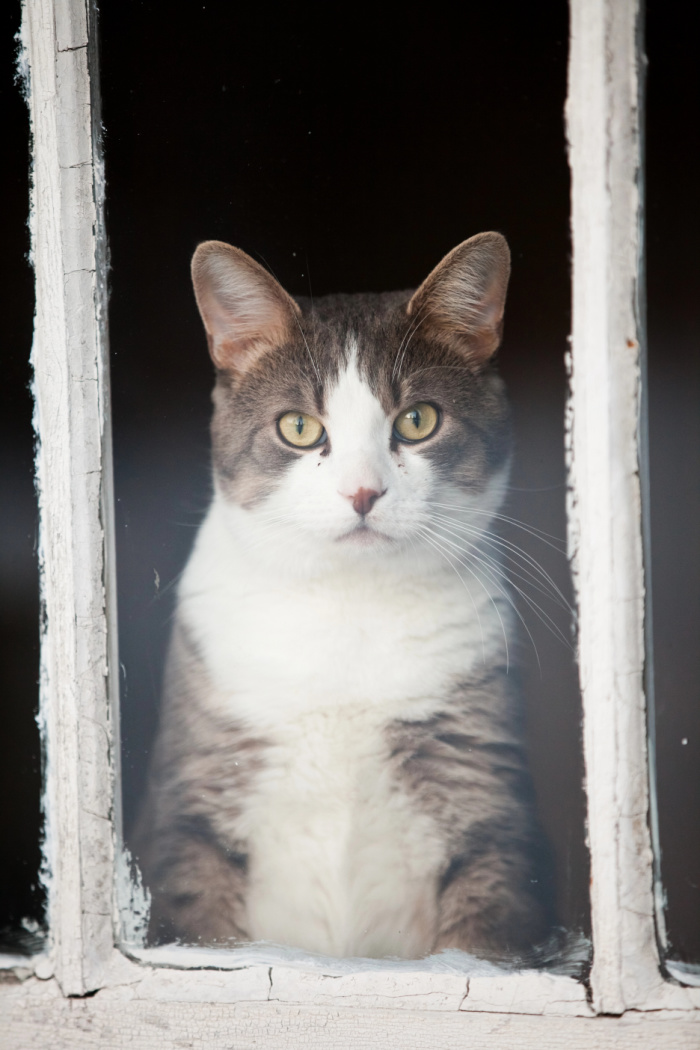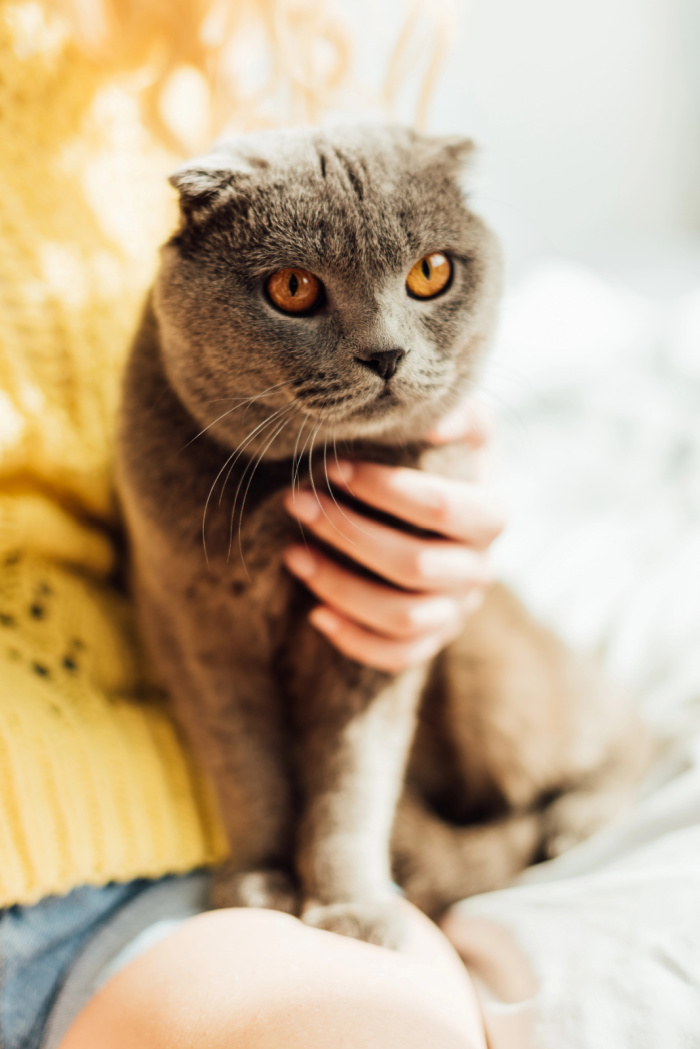Diabetes is a common and serious condition that affects not only humans but also our kitty companions. While many pet owners may be familiar with diabetes in humans, feline diabetes has its own unique characteristics and challenges.
We’ll cover the essentials of diabetes in cats, including its causes, symptoms, diagnosis, and treatment options, so you can better understand how to care for a diabetic cat!

What Do You Need to Know About Diabetes in Cats?
Diabetes in cats is a disorder in which the body is unable to properly regulate blood sugar levels, primarily due to an issue with insulin. Insulin is a hormone produced by the pancreas that helps cells absorb glucose (sugar) from the bloodstream to use as energy.
In diabetic cats, either the body does not produce enough insulin (Type 1 diabetes) or the cells do not respond to insulin effectively (Type 2 diabetes), leading to high levels of sugar in the blood.

What Causes Feline Diabetes?
Several factors can contribute to the development of diabetes in cats, including:
- Obesity: One of the most common risk factors. Excess weight can impair insulin sensitivity, making it harder for the body to manage glucose levels.
- Age: Middle-aged to older cats are more prone to developing diabetes.
- Gender: Male cats, particularly neutered males, are more likely to develop diabetes.
- Diet: Cats fed high-carbohydrate diets may be at a higher risk for developing the condition.
- Pancreatitis or Other Health Issues: Chronic inflammation of the pancreas or other underlying health conditions can increase the likelihood of diabetes.
- Genetics: Certain breeds, like Burmese cats, may have a higher predisposition to the disease.

What Are The Symptoms of Diabetes in Cats?
Recognizing the symptoms of feline diabetes early can make a big difference in treatment and management. The most common signs to look out for include:
- Increased Thirst (Polydipsia): If your cat is drinking more water than usual, this could be a sign of elevated blood sugar.
- Increased Urination (Polyuria): Diabetic cats tend to urinate more frequently due to excess glucose being eliminated through the urine.
- Increased Hunger (Polyphagia): Despite eating more, diabetic cats may continue to lose weight as their bodies can’t properly absorb nutrients.
- Weight Loss: Despite an increase in appetite, many diabetic cats will lose weight due to the inability to use glucose for energy.
- Lethargy: Affected cats may seem unusually tired or weak.
- Poor Coat Condition: A dull or unkempt coat can be a sign of diabetes.

Diagnosing Diabetes in Cats
If you suspect your cat may have diabetes, it’s important to take them to the vet for a proper diagnosis. Your veterinarian will typically perform the following tests:
- Blood Glucose Test: High levels of glucose in the blood are indicative of diabetes.
- Urine Test: The presence of glucose in the urine can also suggest diabetes.
- Fructosamine Test: This measures average blood glucose levels over a few weeks and helps confirm a diabetes diagnosis.

Treatment and Management of Feline Diabetes
Managing diabetes in cats requires a combination of medication, diet, and careful monitoring. The primary treatments include:
- Insulin Therapy: Most diabetic cats will need daily insulin injections to help regulate blood glucose levels. Your veterinarian will instruct you on how to administer the injections at home.
- Dietary Changes: A low-carbohydrate, high-protein diet is often recommended for diabetic cats. Specially formulated prescription diets may be suggested by your vet to help control blood sugar levels. Weight management is also crucial in cats with diabetes.
- Regular Monitoring: Blood sugar levels should be regularly monitored, either at home using a glucose meter or through periodic vet visits. Your vet may also recommend monitoring your cat’s weight, urine, and overall condition to ensure they are responding well to treatment.
- Exercise: Encouraging regular, moderate exercise can help with weight control and insulin sensitivity, which can improve the management of the disease.

Prognosis and Quality of Life
With proper treatment, many diabetic cats can live happy and healthy lives. It’s important to stay consistent with insulin therapy and follow your vet’s recommendations for diet and monitoring.
Some cats may even go into remission, where their diabetes becomes manageable without insulin, though this is more common in cats that receive early treatment and effective weight management.
Diabetes in cats is a serious, but manageable condition. By staying vigilant about your cat’s health, recognizing the early signs of diabetes, and working closely with your veterinarian to create an appropriate treatment plan, you can ensure your feline friend maintains a good quality of life.
If you have any concerns about your cat’s health, don’t hesitate to seek professional advice—early intervention is key to managing diabetes effectively. Your feline companion is counting on you to help them thrive despite their condition!
Leave a Reply